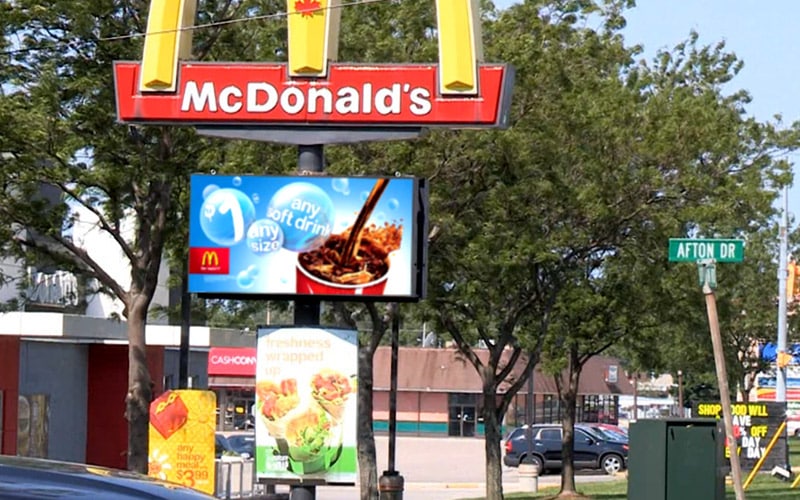 Location: Home > Cases
Location: Home > Cases
Today, LED screen displays are widely used in commercial facilities. But the technology is still being developed. In this article, find out what the functions of a modern-day LED screen are and how it can benefit you.

What is an LED screen display?
LED screen displays are used in a variety of applications such as sports events, monitors, and advertising displays. An LED screen display is made up of many small light-emitting diodes (LEDs). When an electric current flows through these LEDs, they light up and create the image that is displayed on the screen. LED screens also have a longer lifespan than regular LCD screens, since they don't require backlighting as regular LCD screens do.
Benefits of LED screen displays
One major benefit of LED screen displays is the ability to create a high-quality display that is visible from a great distance. LED screen displays are also durable and can be used in harsh environments. They can also be set up in a variety of locations, making them an ideal choice for events and exhibitions.
Main functions of LED screen display
LED screen displays are often used outdoors to create an advertising or installation display. Outdoor LED screens can be used in a variety of ways, from displaying static advertisements to showcasing changing content. Here are some of the main functions for LED screen diaplays:
-Displaying static advertisements
-Installing or showcasing changing content
-Displaying video content
-Creating an outdoor event or presentation space
Conclusion
LED screen displays are quickly becoming a popular choice for business owners and consumers alike because of their energy efficiency. LED screens use less power than other types of displays, making them an ideal option for businesses that are looking to save money on their electricity bills. Additionally, LED screens have long life spans and can be easily repaired if something goes wrong. If you're thinking about investing in an LED screen display, be sure to check out LEDlink.